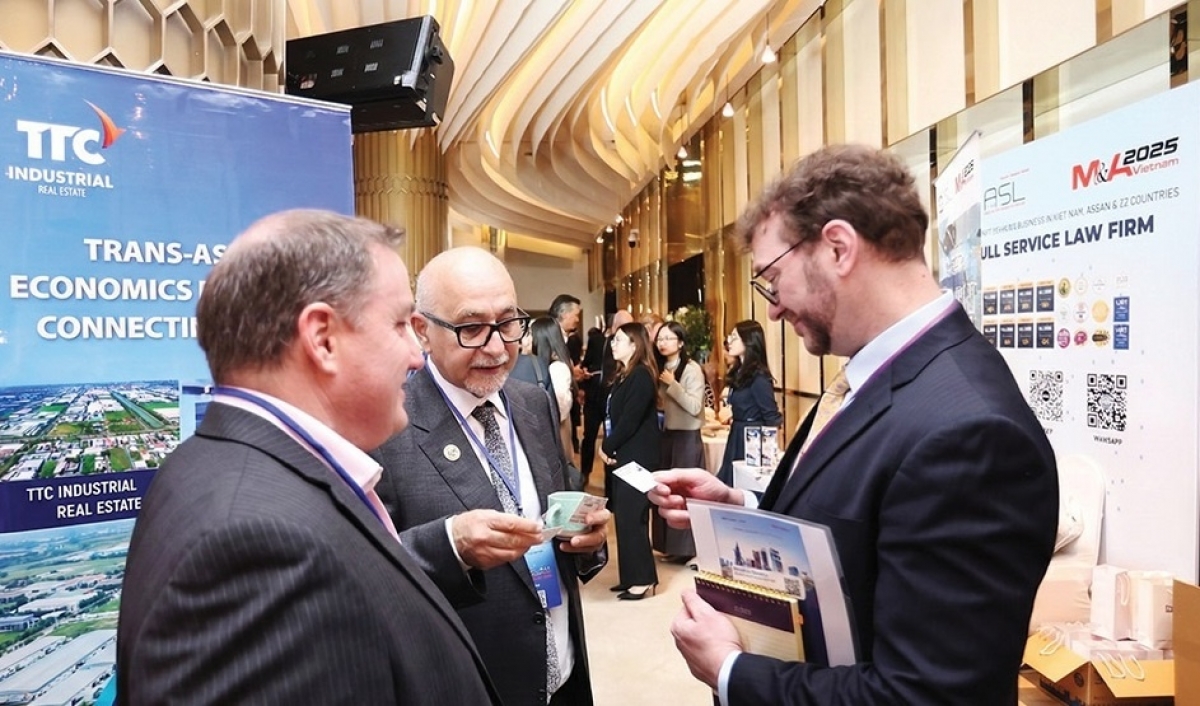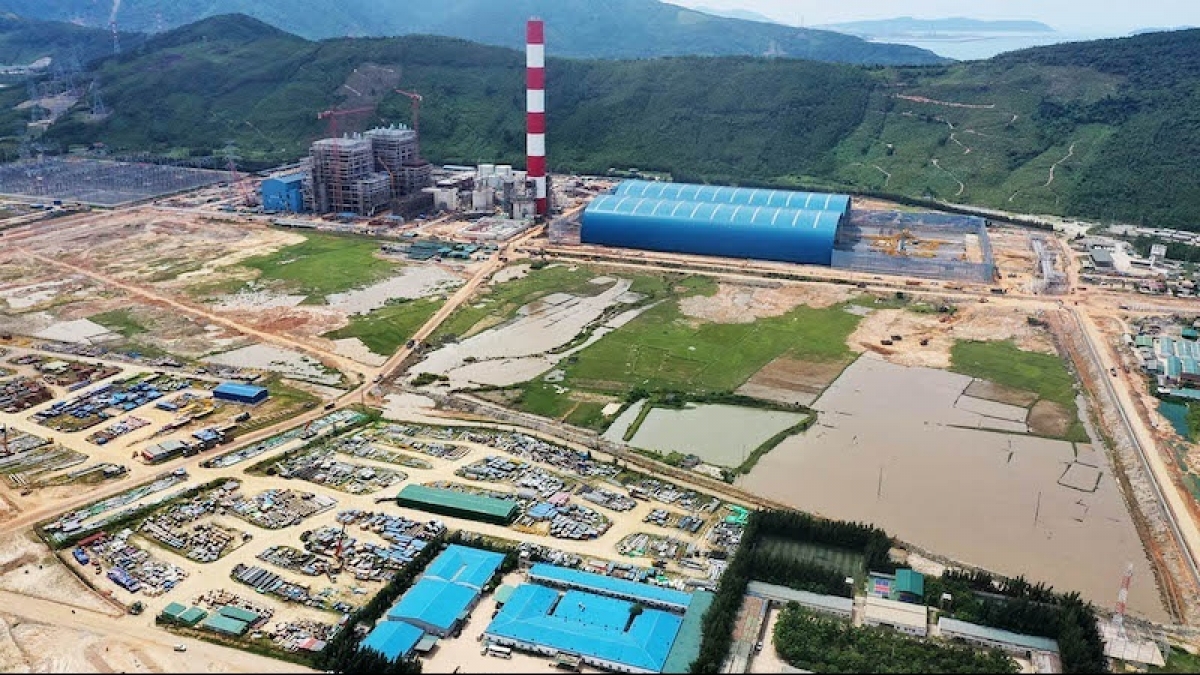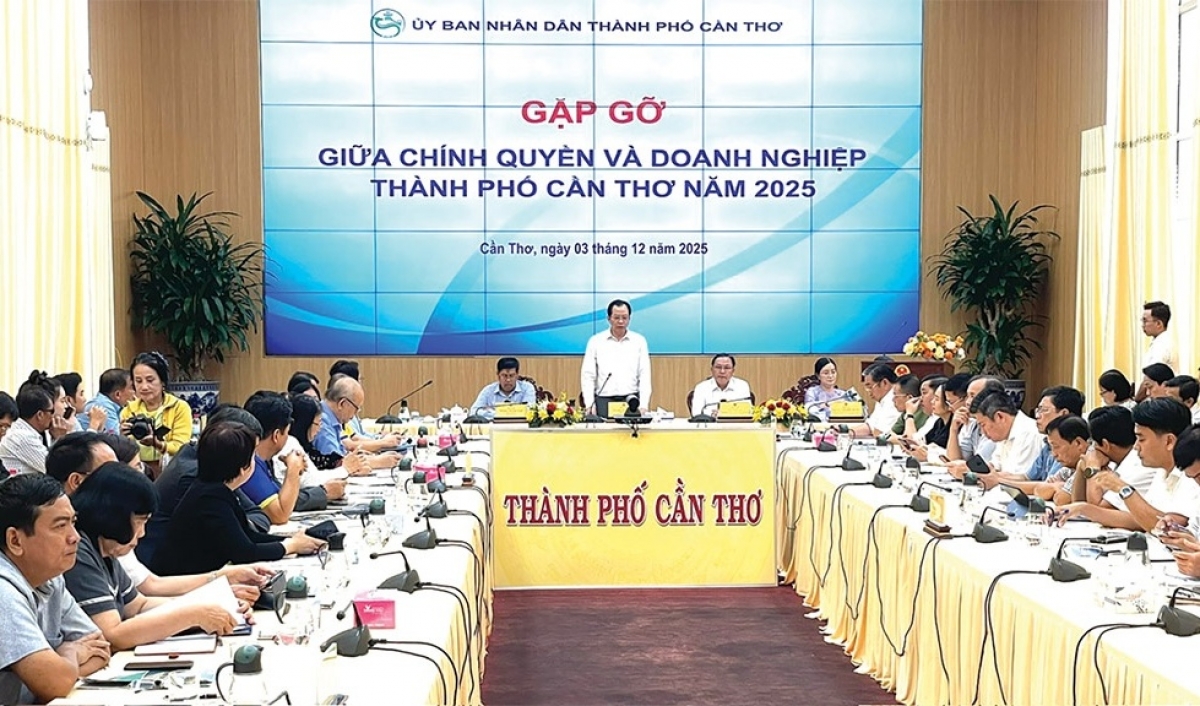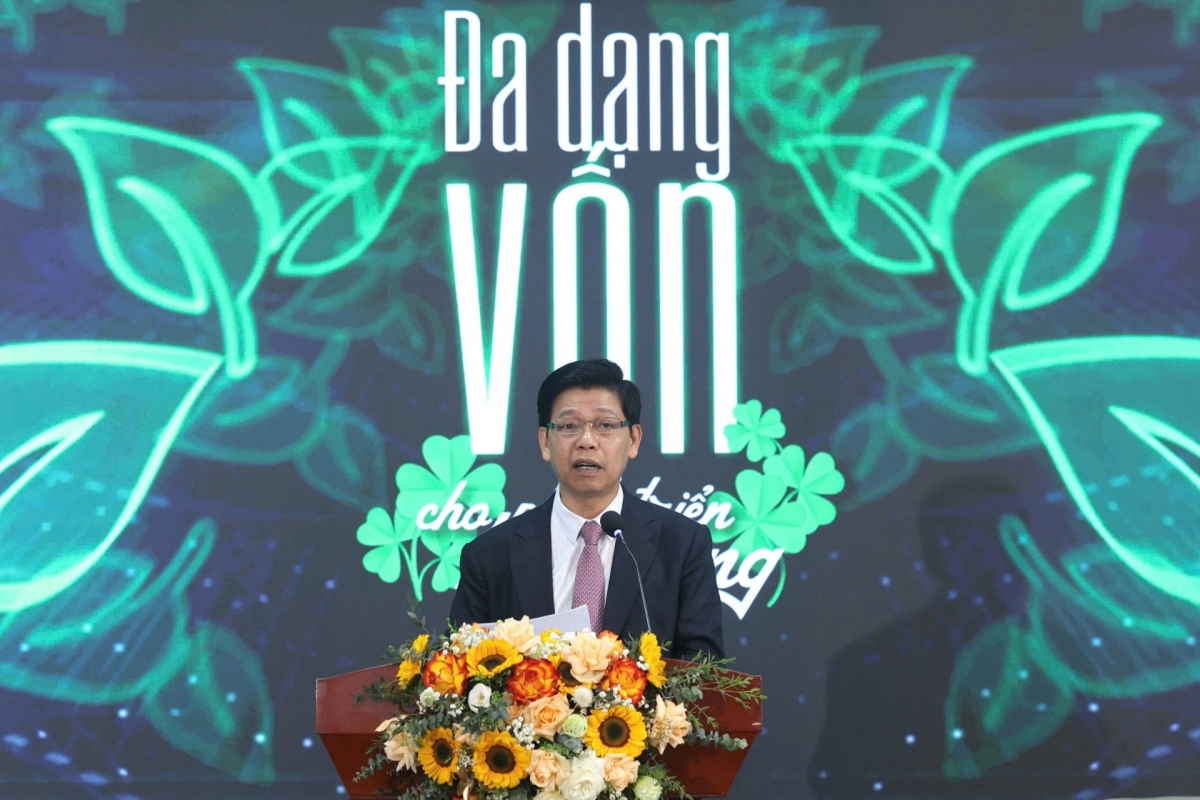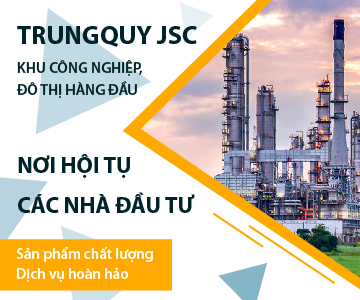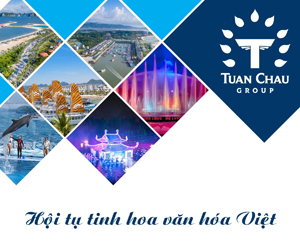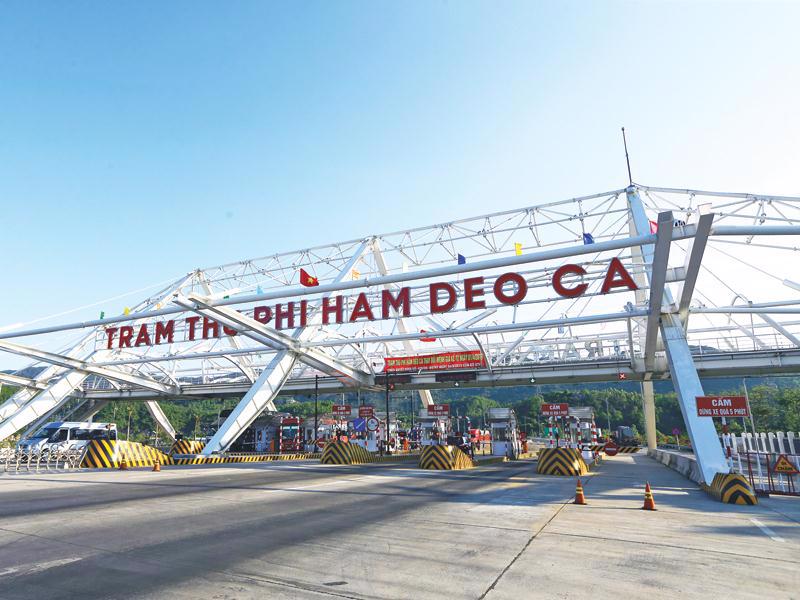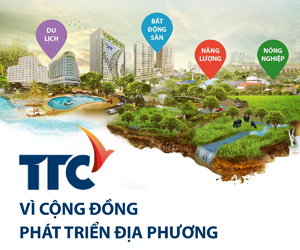INTERNATIONAL INVESTMENT
AND PORTAL
Haiphong has secured the top spot in the 2024 Provincial Competitiveness Index for the first time, according to the results announced by the Vietnam Chamber of Commerce and Industry on May 6.
 The port city has all the attributes to aim even higher economically, Photo: Hoa Phong
The port city has all the attributes to aim even higher economically, Photo: Hoa Phong
The city’s leading position in the rankings reflects its efforts to improve the business and investment environment, notably simplifying administrative procedures and encouraging investment.
Thanks to that, seven of Haiphong’s 10 management areas were recorded by businesses as improved compared to 2023, including market entry, transparency, fair competition, government dynamism, and others.
“The top position in the 2024 rankings has shown the objective assessments of the business community on the city’s investment and business environment in attracting investment,” said Dau Anh Tuan, deputy general secretary and head of the Legal Department of the Vietnam Chamber of Commerce and Industry (VCCI).
This year has been following in the footsteps of 2024 with dynamic advances for the city. In January, while announcing establishment of Haiphong Southern Coastal Economic Zone, Deputy Prime Minister Tran Hong Ha stated that the city has all the conditions to experiment with innovations and creativity to take off.
“This will be a historic milestone of a new era, a new development phase for Haiphong,” DPM Ha declared.
Haiphong Southern Coastal Economic Zone covers 20,000 hectares, including approximately 2,900ha of reclaimed land. It is oriented as a multi-sector economic zone of international stature, with development pillars including high-tech industry, modern logistics services, smart urban areas, and ecotourism.
In particular, Haiphong proposes to establish a free trade zone with many policies, promising to create a vast, dynamic, attractive, and potential development space for the city.
In the country’s northern region, Haiphong has the most ports in the country, currently at 51. WIthin the detailed master planning on development of Vietnam’s seaport system by 2030, approved in January, Haiphong Seaport is planned to have five zones with approximately 70-74 ports, ensuring the clearance of over 215 million tonnes of goods and almost 23,000 passengers per year by 2030. This is not only a driving force for economic growth, but also a basis for Haiphong to affirm its position as a marine economic centre and an international logistics service centre.
Larger economic scale
Meanwhile, in February, the National Assembly approved the investment policy for the Lao Cai-Haiphong railway construction project. The line, which will pass through Hanoi, has a total main line length of approximately 390km, with branch lines of about 28km; starting at the Vietnam-China border rail connection point and ending at the Lach Huyen port area in Haiphong.
“The implementation of this project has a significant impact on the economic and social development of the city. It will gradually develop modern railway transportation, meeting the passenger and cargo transportation needs on the East-West corridor, serving as a gateway for trade with the world through the city’s seaport area, as well as connecting international railway transportation at the Lao Cai border gate,” said Nguyen Duc Tho, Vice Chairman of Haiphong People’s Committee.
Meanwhile, the resolution of the 11th plenum of the 13th Party Central Committee in late April essentially agreed on merging Hai Duong province and the city under the Haiphong name.
After the merger, the new Haiphong city will have a combined economy much higher than many other localities, ranking only behind Ho Chi Minh City and Hanoi. With a larger economic scale, synchronised infrastructure system, and flexible support policies, it will also create conditions to attract larger-scale foreign-invested projects.
“The merger of the two localities with similar and complementary strengths can optimise infrastructure and resource planning, creating new potential and certainly bringing higher economic efficiency,” the resolution noted.
The central areas and streets of Haiphong have changed rapidly in recent years. Public welfare projects have been invested in, expanded, and newly built. Many new urban areas such as Vinhomes Imperia, AEON Mall, and several 5-star hotels from Sheraton, Mercure, and Pullman have brought a modern and civilised appearance.
Technical and social infrastructure has been invested in synchronously and modernly, not only in the inner city but also spreading quickly to adjacent areas. The new rural areas have truly changed the lives of farmers both qualitatively and quantitatively, with all communes in the city meeting the new rural standards and advanced standards.
Haiphong has planned to build 100 bridges in the period of 2021-2025 with a total investment of nearly $1.52 billion, dozens of which have been completed so far. Billion-dollar projects such as the Hanoi-Haiphong expressway, Tan Vu-Lach Huyen highway and bridge, Ho Sen-Cau Rao 2 road, and others have become new symbols of the city’s development.
Solid foundation
Over the years, Haiphong has always been one of the localities with the fastest economic growth rate in the country, with annual regional GDP maintained at a high level. Notably, the growth rate has reached double digits over the past 10 years, and for the first time in 2024, it entered the top three provinces and cities with the largest economic scale in the country, only after Hanoi and Ho Chi Minh City, with a budget revenue of over $4.73 billion.
Foreign investment attraction in Haiphong is also a highlight with remarkable growth. The city has become a stronghold for many large investors, deeply participating in the global value chain, such as LG Group, Vietnam Manufacturing Facility, Pegatron, USI, and Bridgestone.
In 2024, Haiphong attracted $4.94 billion in such funding, ranking second in the country. To date, it has over 1,060 foreign-invested projects with a total registered capital of over $34.62 billion from 39 countries and territories.
Along with focusing on economic development, investing in social welfare has preceded the pace of economic development. This includes developing social housing, worker housing, free tuition for students at all levels, and supporting policy beneficiaries at a level higher than the national average. By the end of 2024, Haiphong no longer has poor households according to national poverty standards.
Haiphong’s development goals for the new phase have been set. By 2030, Haiphong will develop into a modern, smart, sustainable industrial city of Southeast Asia; a modern international logistics service centre by sea, air, expressway, and high-speed railway; and an international centre for training, research, application, and development of science and technology.
By the end of the decade, Haiphong’s contribution to the GDP of the northern key economic region will increase to 28.3 per cent, the average regional GDP per capita will be $29,900, and budget revenues will surpass $12 billion.
